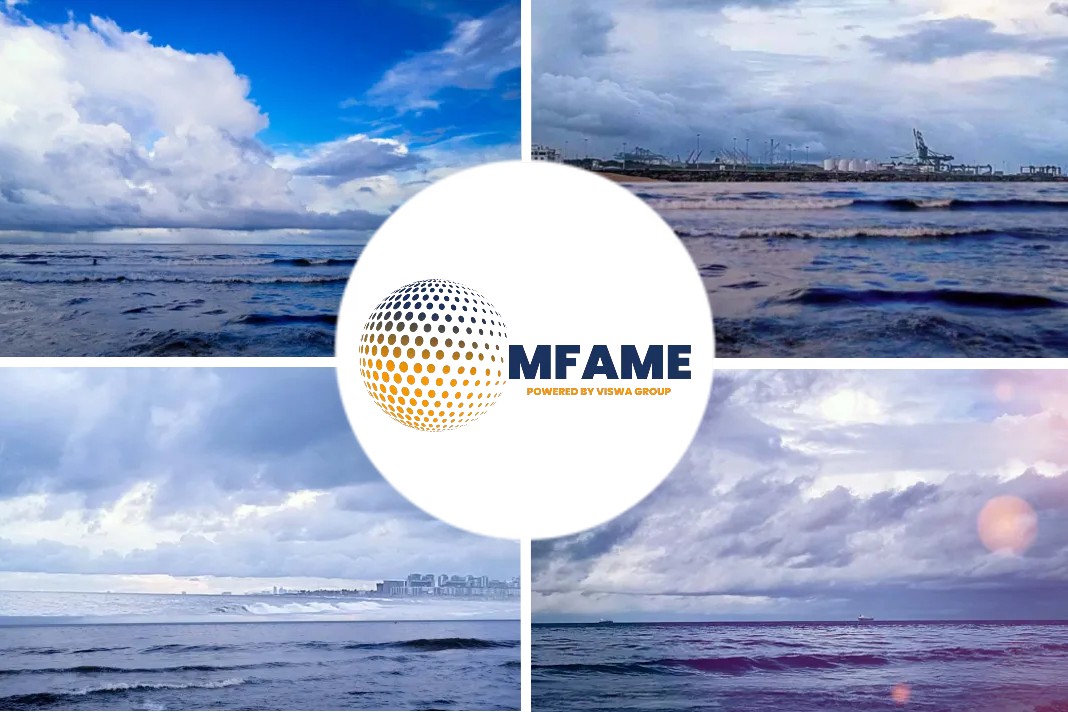- Cargo consolidation through less than container load (LCL) allows thousands of shippers to move their cargo at economical prices, as they are unable to fill full container load.
- Vanguard Logistics, Shipco, ECU Worldwide and CWT Globelink, top the global LCL market and are profoundly called as co-loaders or consolidators.
- Most of their customers are from the top 50 global forwarders, while the rest comes from local forwarders.
- They are ‘neutral’ as they move cargo of multiple forwarder competitors in the same consolidation boxes and don’t underestimate their forwarder clients.
A recent new report by The Maritime Executive, written by Luke Robert highlights the first phase with regard to the LCL consolidation market and the key players associated in it.
Why global forwarders rely on consolidators?
Around 25% of two million cubic meters on an annual basis is moved by consolidators due to the list of good reasons mentioned below.
Dangerous goods cargo
Firstly, dangerous goods cargos (DG) require higher levels of compliance and regulation in terms of trucking and freight movement, warehouse storage and customs documentation.
- This complexity cannot be managed at scale so easily due to Material Safety Data Sheet (MSDS) checks.
- There are also fixed surcharges implemented at destination ports for containers with DG cargo.
- It therefore makes sense to co-load such cargo with a consolidator who has the specific expertise to handle it and split the surcharges across more shipments.
Low demand
Secondly, some far-flung ports such as those in the Pacific island nations, South America, Africa and the Caribbean have relatively low demand.
- To make it profitable enough to run a regular consolidation service would require stable and regular amounts of cargo.
- The alternative to this is to run an inducement service where a cargo sits at container freight station for weeks and moves out if the container is full or profitable to process.
- Consolidators can fill this niche effectively as they can collect cargo from multiple forwarders and build a consolidation box service that is also regular to these places.
Gateway models
Thirdly, the big forwarders mainly run ‘gateway’ models where they route cargo from the region into a major port hub and then re-export the cargo out to the final destination.
- For example, shipments going out from Bangkok to Jakarta are usually transhipped via Singapore for re-export into Jakarta.
- However, that forwarder may not be able to either run a regular service from Bangkok to Singapore for the 1st leg of the journey.
- And may therefore co-load with a consolidator who will then deliver it to their container-freight station (CFS) in Singapore.
- They then handle the 2nd leg or if the consolidator can offer that direct service from Bangkok to Jakarta, the forwarder has the option of using that as well.
How low FCL rates affects LCL business?
Low FCL rates pose heavy competition to the LCL business because margins are shaved off or business is converted to FCL otherwise.
A high FCL base rate mean higher margins for LCL, and this has made the long-haul lanes – Europe-Asia, Transpacific (US West and East Coasts-Asia) and Asia-Latin America – into some of the most lucrative segments of the business for consolidators.
An example of how freight rates hover
Intra-Asia region
Intra-Asia region has some of the most competitive markets in the world.
Here, freight costs for a 20GP container from Singapore to Hong Kong dipped to $5 per container territory in 2016.
Rates have moved upwards since and hover around the $100 to $200 region, and with the exception of industry-related surcharges (VGM, AMS, AFR and BAF, GRIs, IMO 2020) have remained relatively stable.
Relatively low rates
However, the relatively low rates mean that it is hard to profit from consolidating loads.
One of the most profitable ways to make a margin from an LCL shipment in this region is to stack the margin at the destination port.
Functioning of some forwarders
The way some forwarders do this is to offer negative freight rates at the origin port to the shipper.
The forwarder actually rebates the shipper for shipping with them instead of accepting payment, then collects the amount back from their destination office whom in turn collects it from the consignee.
Thus, the market pricing ends up with very lopsided charges and overwhelming costs back-loaded in destination markets.
Transparent market rates
Some destination markets like South Korea, Japan, Taiwan and Singapore are highly transparent, and consignees there are very well-informed of prevailing market rates.
Whereas, it is not the same in the west of Southeast Asian markets (Philippines, Indonesia, Vietnam, Cambodia, Myanmar).
Here, a mix of confusing customs regulations and laundry list of line charges continue to befuddle consignees or shippers.
The best way for shippers to manage this is through requesting all-in charges or a breakdown of origin, freight and destination charges from the very beginning and indeed most global forwarders today do that.
Did you subscribe to our daily newsletter?
It’s Free! Click here to Subscribe!
Source: The Maritime Executive























